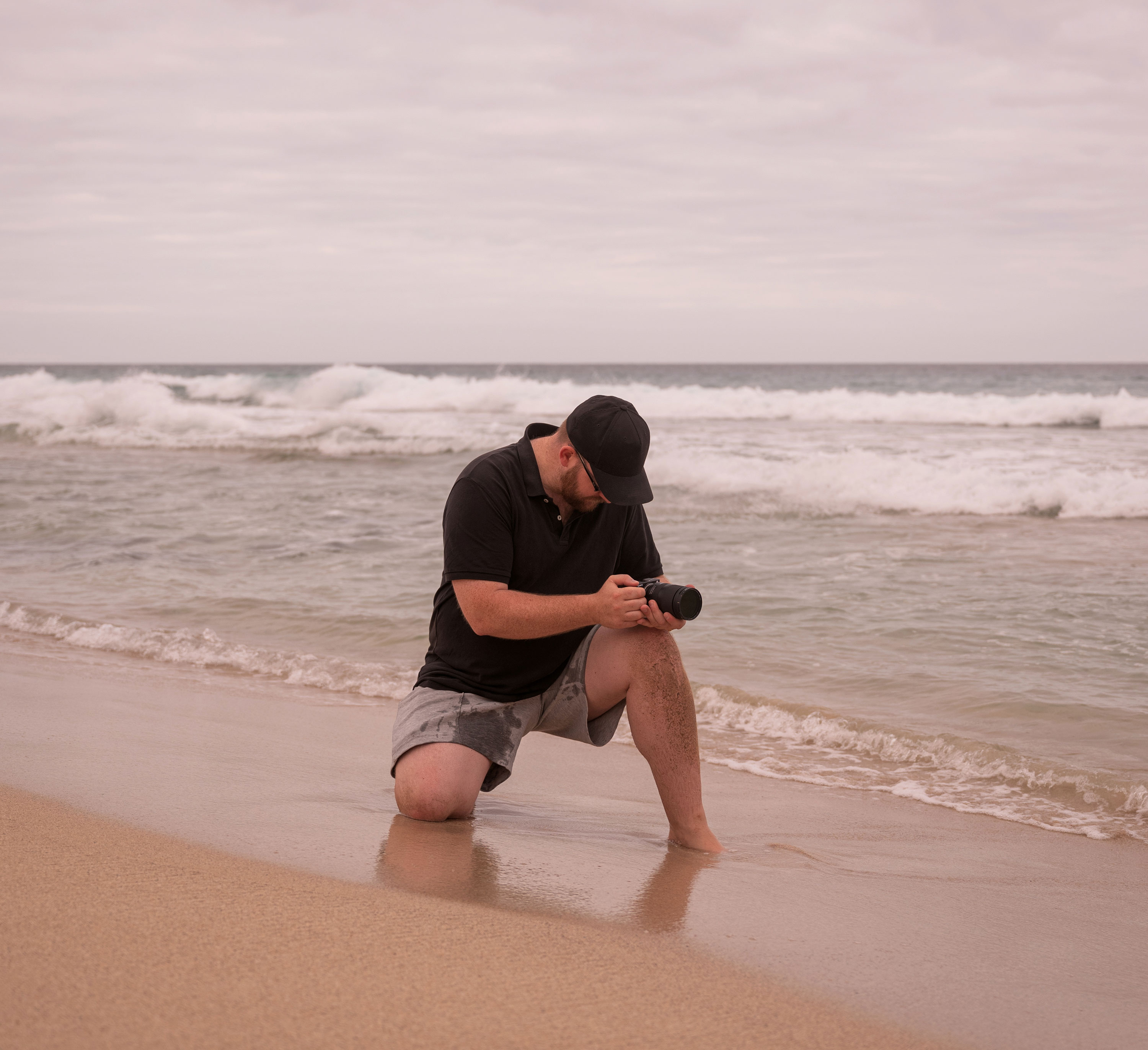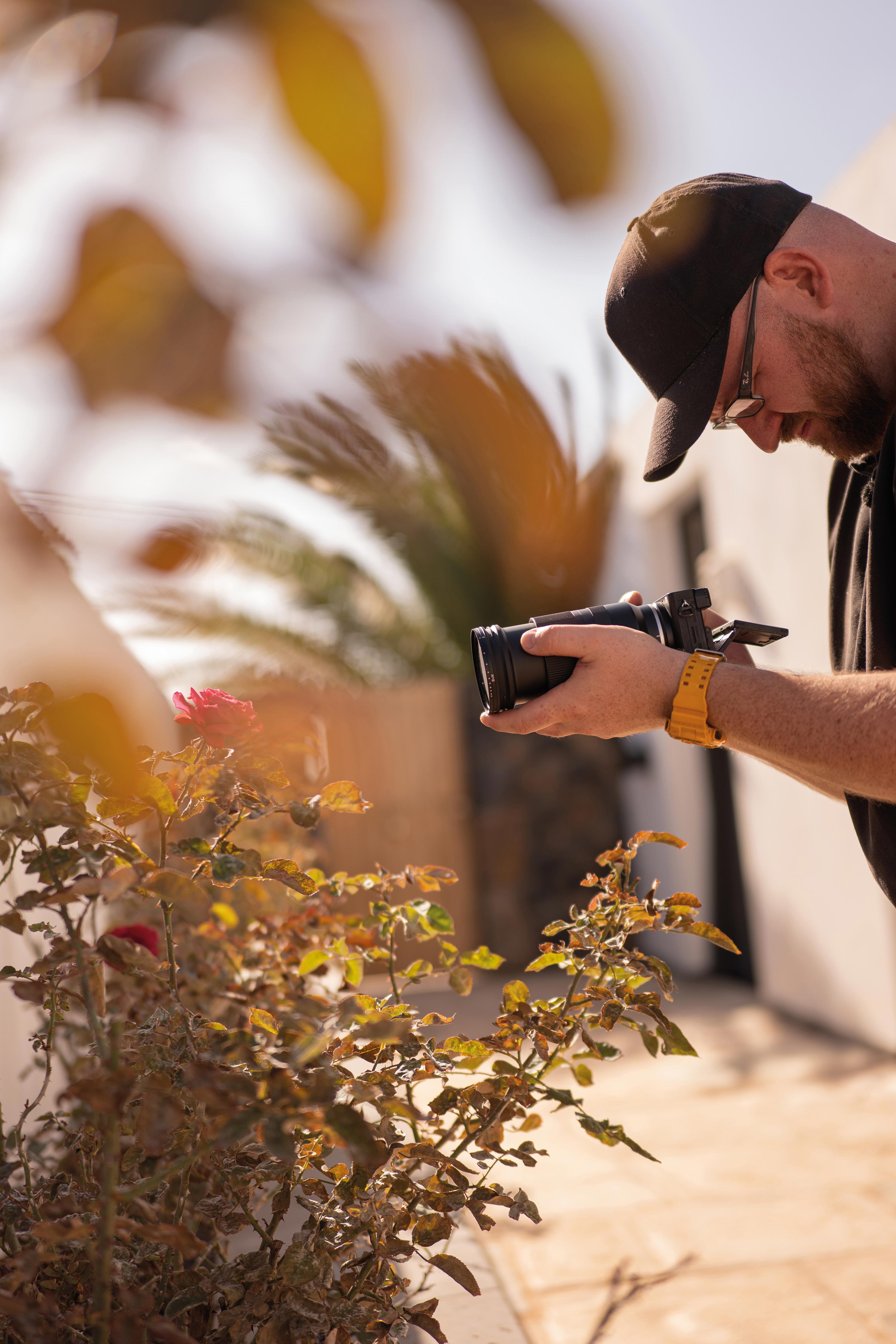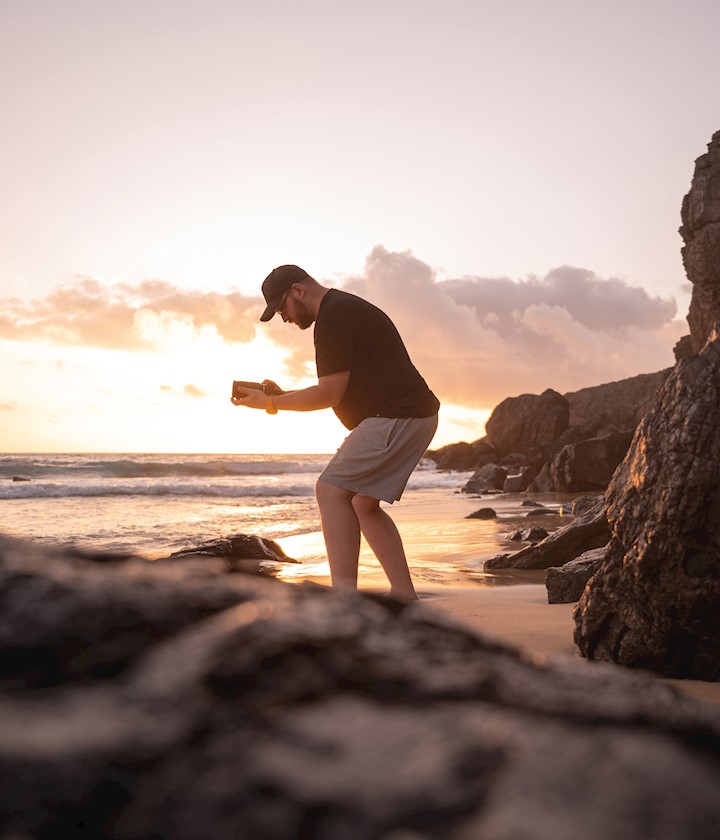Do you want to make video recordings with your Tamron lenses? No problem. The new compact models for mirrorless system cameras are ideal for filming. Here are tips from Krolop & Gerst for a successful start in the topic moving images.
Before making your first film, it is best to first familiarise yourself with the basics of filming and the video functions of your camera. This starts with the techniques of camera work through to the correct camera settings. There are other things to consider with video recordings than when taking photos.
Of course, the lens also plays an important role. Although the resolution is less high when filming, the demands on the optical construction and technical equipment are all the higher. With Tamron lenses you have everything you need for impressive video films. It's best to have your camera and lens on hand while reading this contribution. This way, you can try out the individual steps and functions right away. Have fun!
1. Hold the camera steady
For professional-looking film recordings, you should avoid jerky camera movements or fast zooming. Otherwise, the audience will have the feeling of standing on a shaky boat and they will get dizzy while watching the film. Constant zooming or waving makes it difficult to focus on the content of the film. Therefore, keep the camera as still as possible when taking the picture. The most important basic rule to start with: Only move the camera with the motif! Follow the movement by dragging the camera with you or by accompanying the motif yourself with the camera. Later, you can make targeted camera waves or zoom drives, for example to follow a person's gaze or to draw the attention of the spectators to a certain detail.
2. Avoid shaky images
A steady camera position also means that you should exclude any form of vibrations as much as possible in order to prevent the image from shaking. To do this, you can either place the camera on a tripod or, which is more practical, simply activate the image stabilisation, which effectively prevents unsightly shaking of the image. Current mirrorless system cameras usually already have a built-in image stabiliser. If your Lens has a VC image stabiliser, you should turn it on as well.

3. Focus as quietly as a whisper
Cameras usually record the sound via a built-in microphone. In order not to record annoying noises, you should avoid unnecessary camera settings during recording. However, you don't have to do without the fast autofocus of the current Tamron lens. The VXD and RXD technology is based on a focus mechanism driven by an electric linear motor. This not only focuses on the motif very quickly and precisely, but also does not generate any operating noises.
Of course, you can also focus manually when filming. To do this, simply turn the well-damped focus ring of the lens while taking the picture. However, make sure to turn gently and evenly.
4. Adjust the exposure correctly
As with photography, you can adjust the brightness while filming. In most cases you can rely on the automatic control of your camera. But if you want to create the image effect yourself, you can also set the aperture and shutter speed by hand.
With the help of the aperture, you can set the desired depth of field, just like when taking photos. The smaller the aperture value, the lower the level of focus. Your videos look very professional, because the background is beautifully blurred by the bokeh effect.
With the exposure time you should orientate yourself on the frame rate. The reciprocal value of twice the frame rate should always be set as the shutter speed. This ensures that the motion sequences appear natural during playback. A faster shutter speed leads to juddering, a longer one to blurring effects.
Once you've set the aperture and shutter speed, you can balance the exposure using the ISO value. Attention: If the sensitivity gets too high, this can lead to a lot of picture noise. In this case, you should open the aperture a little wider. If the image is still too bright even at the lowest ISO value, you have to fade out a bit more in return or you can alternatively use a grey filter.

